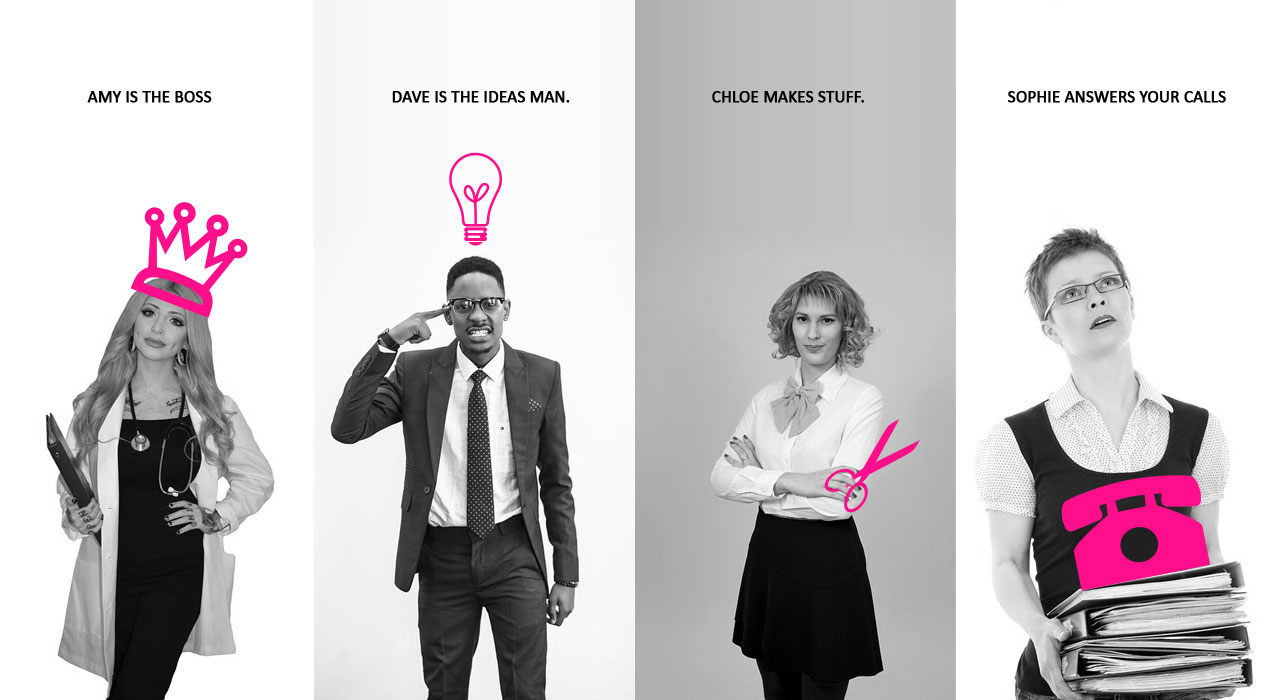Foolproof interior design ideas for a fabulous home
WE LOVE INTERIORS
It’s said there’s a world of difference between a room designed by a professional interior designer and one done by a home decorator. From balancing colour schemes to hanging artwork, planning lighting and even positioning curtains, designers have a box of tricks that can turn an average scheme into a fabulous space. We’ve rounded up some of the trade’s best-kept secrets to take your own decor to the next level. Shh – just keep it quiet…
RESIDENTIAL
RESIDENTIAL PROJECTS
COMMERCIAL
COMMERCIAL PROJECTS
AWARD WINNING
AWARDS
We Play around with scale.
INTERIOR DESIGN
Going supersize gives you instant interior design brownie points. Not only does upscaling a key accessory or piece of furniture make a striking style statement but it also creates a comfortable, cosy atmosphere in a room. Lamps and pendant lights offer the perfect way to play with scale, as they can create a big impact without taking up too much space.
KERJEM WEBSITES
Swatch your paint
COMMERCIAL FIT-OUTS
Before you commit to a wall colour, it’s important to paint a swatch and observe how the shade looks in different light conditions. For a mess-free method, paint swatches on A3 pieces of paper and move them around the room throughout the day, observing how they look in different corners of the space.
PHONE CONSULTATIONS
Measure dining room dimensions
PRODUCT HUNT
Dining tables often get squeezed in as an afterthought, but it’s worth thinking carefully about how much space you need to avoid bumping elbows while you eat. The ideal dining table height is 74cm, with 45cm of leg room and 75cm of space between the table and the wall so you can get up and sit down comfortably. Each place setting should be about 65cm wide.
PROTOTYPING
Call on complementary colours
The colour wheel is an interior design essential. It can help you to plan your colour pairings or guide you out of a design rut when you’re struggling for inspiration. Use it to help you come up with complementary schemes (using colours from opposite sides of the wheel), analogous schemes (using colours next to each other on the wheel) or bolder schemes such as split complementary or triadic, which use three colours.

